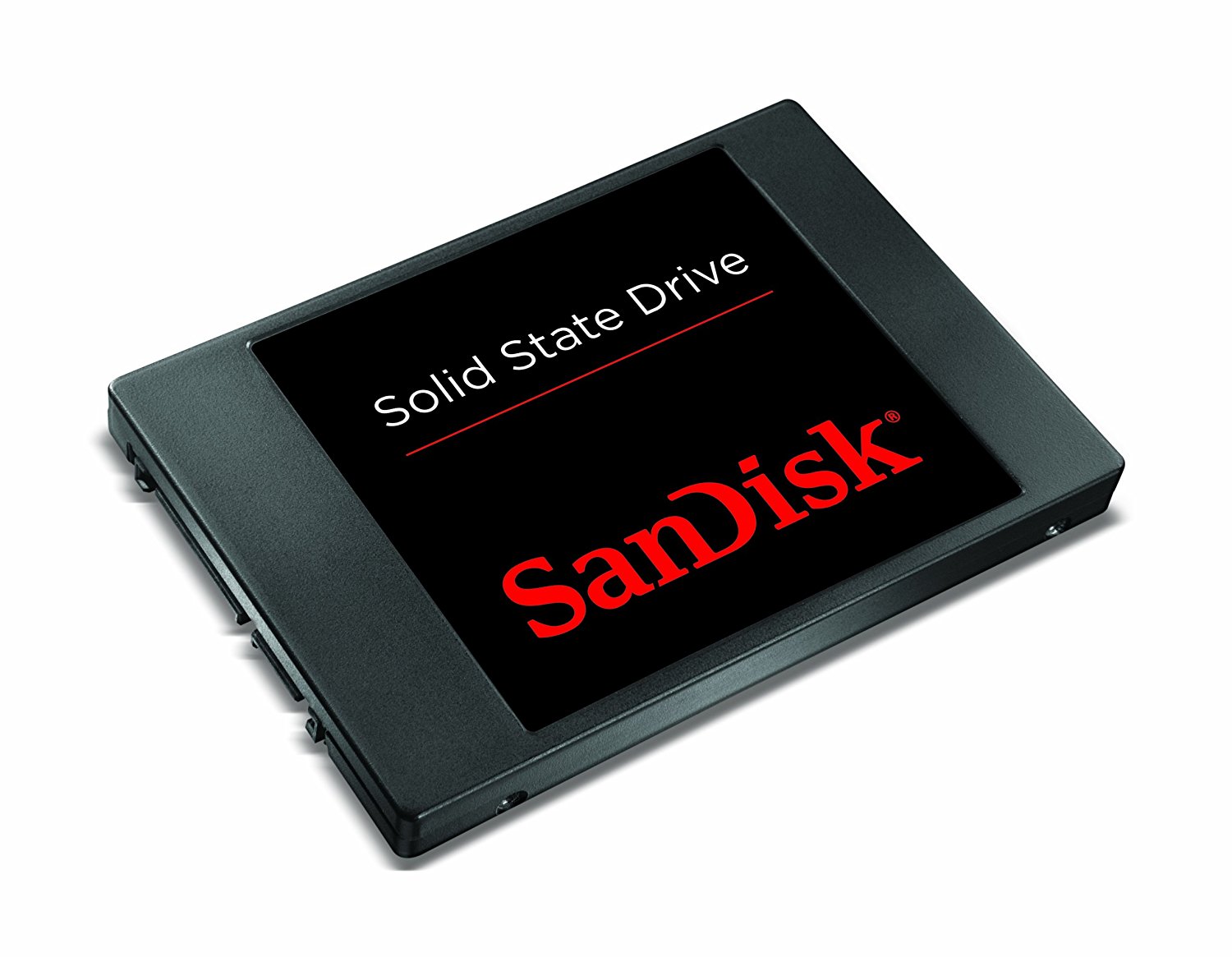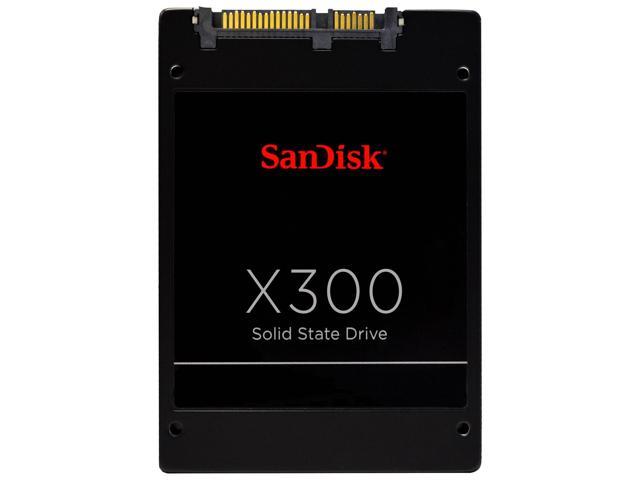

- SANDISK X300 SSD FORMAT UTILITY HOW TO
- SANDISK X300 SSD FORMAT UTILITY MAC OS
- SANDISK X300 SSD FORMAT UTILITY PORTABLE
- SANDISK X300 SSD FORMAT UTILITY PRO
- SANDISK X300 SSD FORMAT UTILITY PC
SANDISK X300 SSD FORMAT UTILITY PORTABLE
You might think the cable supplied with your SanDisk Extreme Portable is a little short.īut if you do buy yourself a replacement cable be sure to get one that is a USB Gen 2 cable.Īs only that type of cable allows you to get the fastest speed out of your SanDisk Extreme Portable SSD.I have bought a Sandisk X300M.2 SSD from someone online without letting me that it is password protected or he wasn’t aware at all. Changing your SanDisk Extreme Portable SSD USB cable
SANDISK X300 SSD FORMAT UTILITY MAC OS
The second time through the formatting, at step 4 you’ll see the APFS options.ĪPFS won’t come up if you don’t format as Mac OS Extended first.Īnd still pick GUID partition map as the scheme.Īnd away you go.

You follow the formatting steps as described above.
SANDISK X300 SSD FORMAT UTILITY PRO
Or Extreme Pro Portable as an APFS drive. When you want go set up your SanDisk Extreme Portable. Use Mac OS Extended (Journaled) for that. Or change your partition sizes and not wipe the files you already have on there.Īnd when you need the fastest performance from your SanDisk SSD it’s the file system format to pick.īut it DOESN’T work with Time Machine. And you’ll get the advantage of flexible partitioning on your SSD.
SANDISK X300 SSD FORMAT UTILITY HOW TO
How To Format Your Sandisk Extreme As APFS?ĪPFS – Apple File System is the file system Apple created for Mac’s using SSD drives. Time Machine will only backup to a drive formatted as Mac OS Extended (Journaled). Know that Time machine CAN’T use the default ExFAT formatting of the SanDisk Portable SSD. Using your SanDisk Extreme Portable SSD on your Mac for a Time Machine backup? How To Format Your SanDisk Extreme For Time Machine Then format as Mac OS Extended (Journaled). Format Your SanDisk Extreme For Drag And DropĪnd You’re not planning on sharing your drive with a Windows PC. This is the format lots of Macs will understand. This format is also known as HFS+.Īnd when your moving your SanDisk SSD Portable between older and newer Mac’s. The next best reason is because it’s the most common format used by Mac’s. You have to format as Mac OS Extended (Journaled) first. Why Format Your SanDisk Extreme SSD Portable As Mac OS Extended?īecause before you can change your SanDisk Portable to any other format on your Mac. But your Mac might object over time to the drive.įormatting on your Mac is the safest option. Mac’s can be quirky about their drive formats.Īnd the SanDisk Extreme Portable ships with a Master Boot Record Scheme.įine for a PC.
SANDISK X300 SSD FORMAT UTILITY PC
And your SanDisk ships to you in that format.Īnd it’s a format that both your Mac and a Windows PC can read.Īnd this format is fine if you plan to share your SanDisk Extreme SSD Portable between your Mac and a Windows PC.Įven so, I’d suggest formatting on a Mac even if you plan to use the ExFAT format. Your SanDisk Extreme Portable SSD is already formatted in a format your Mac can read. It depends on what you want to do and use your SanDisk Portable. Do You Need To Format SanDisk Extreme Portable SSD For Your Mac? That way you won’t risk corrupting your files on your SSD. So waiting a few seconds more is a good idea before pulling out your USB cable. There’s no flashing light on the drive to tell you when that’s done. Your Mac writes what it needs to down to your SanDisk SSD. Wait till the drive icon disappears off your Mac’s desktop.


SanDisk Extreme Portable SSD Right Click Eject Video Credit: MacTakeAwayData Before You Start The Formatting Of Your SanDisk Portable On Your Mac Here is a 4 minute 53 second video for you. See how the formatting of a SanDisk Extreme Portable is done on a Mac. Would You Like To Learn Through Words or From A Video?


 0 kommentar(er)
0 kommentar(er)
